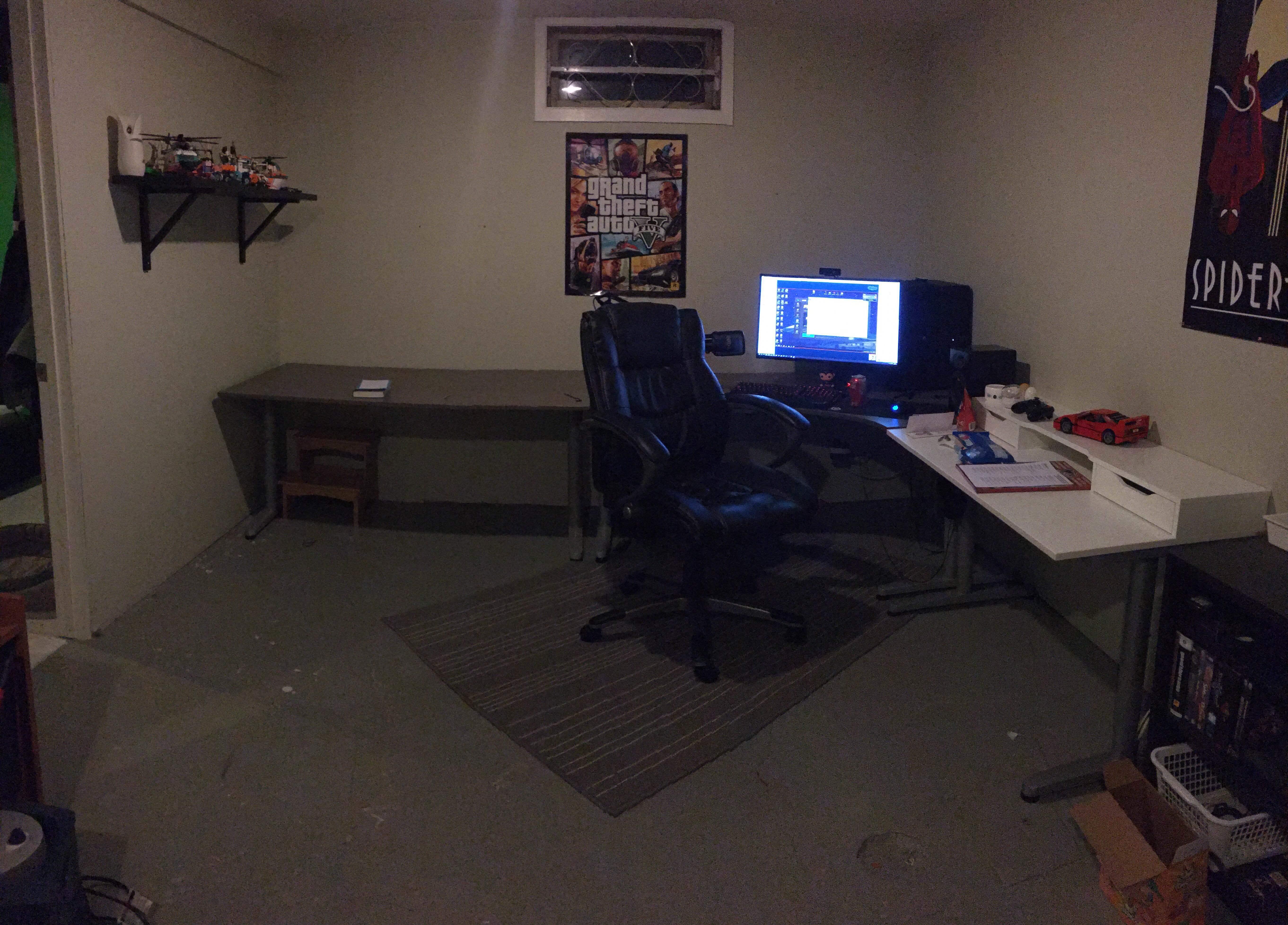

Only the Wildcat's four multi-function buttons ( M1- M4) can be reprogrammed by default, although an upcoming Xbox One system update will enable additional remapping options for all controllers. The other two QCP buttons deal with button remapping. Pressing left while held will increase game audio while pressing right increases chat volume. Hold it and press up or down on the D-pad to raise or lower volume. Tap the volume button to raise headset volume. One simply mutes, whereas the other performs a range of functions. Getting back to the QCP, the four-button panel has two audio control buttons. No third-party controllers currently offer data ports, so the absence might be a restriction imposed by Microsoft. Although the headset support is appreciated, the lack of a data port means you can't use the Chatpad with this controller. The Wildcat has a 3.5mm headset jack on its bottom, along with a built-in Quick Control Panel (QCP). But given the difficulty of removing and replacing these triggers, I doubt many people will swap them in and out more than once. Sliding a switch next to the hinge pops it out again for reattachment. Once you get the extra triggers off, the hinge closes up into the controller.

Since the screw is built into the trigger, you'd have to seek a replacement from Razer if that happened. And in doing so, one could potentially strip the screw.
#RAZER WILDCAT PC SETUP DRIVER#
It's way too easy for the driver to slide out of the screw's slot. Each trigger has a built-in screw that you have to loosen with the included Torx screwdriver. They can be removed, but it's a much harder process than taking off the Elite's paddles. You have to reach inward for them a bit, which is perfect.Īlthough I find the secondary triggers unobtrusive, some players might not like them. And quite unlike the Elite's paddles, nobody will hit these triggers by mistake. As mentioned earlier, the shape of the controller grips puts your middle fingers directly on these secondary triggers.

They perform the same functions as the regular triggers by default, although as digital rather than analog buttons. This will let you fire non-automatic weapons more rapidly since you don't have to press the triggers down as far.Īlso on the back are two aluminum multi-function triggers: M3 and M4. Enabling the switches will stop the triggers at five degrees – that's 72% less travel. Normally, the triggers fully actuate when pressed down at 18 degrees. The rear of the controller holds two Trigger Stop switches, just like the Elite. I'm surprised more controllers don't go with six buttons like this. You might imagine having six buttons on top instead of four would be confusing, but no! M1 and M2 are offset and shaped in such a way that makes them easy to reach but impossible to hit by mistake. By default, these act just like Left and Right Bumper. They still feel more responsive than launch-era controllers, thankfully.Ī few millimeters towards the center of the controller you'll find the Wildcat's multi-function M1 and M2 buttons. The bumpers do have a unique, softer click than those of the Elite, though. They resemble those of Microsoft-brand controllers, especially the triggers. Up at the top of the Wildcat lie bumpers and triggers. Triggers, bumpers, and multi-function buttons A white light just beneath the Home button indicates the controller is working. It still looks sexy though, thanks to a non-chrome silver finish. The Xbox Home/Guide button on the Wildcat doesn't light up. The clickiness helps tell exactly when the buttons actuate, which could prove beneficial to gameplay. I believe they use microswitches (like a mechanical keyboard or arcade stick buttons), which you absolutely never see on regular controllers. They also produce audible clicks when pressed. The face buttons here are colored, unlike the black buttons of the Elite. Since no other Xbox One controller currently sports a PlayStation-style D-pad, I can see people reared on DualShocks getting the Wildcat just for its pad.

The D-pad buttons here don't feature a texture like the DualShock's, presumably to make rolling motions easier in fighting games. Actually, the Wildcat's directional pad consists of four buttons – almost exactly like those of a PlayStation controller. Just as the Elite controller features a unique D-pad design, so does the Wildcat. On the whole, I find the larger textured tops of the Wildcat more comfortable than other controllers. This has the advantage of not collecting dirt, unlike the edges of the sticks on Microsoft controllers. These feature a uniform mildly textured surface. The stick tops are about 3mm wider and 1mm thicker than the Elite's standard tops. The Wildcat's carbon steel analog stick necks match the Elite controller's default necks in length but are slightly wider.


 0 kommentar(er)
0 kommentar(er)
